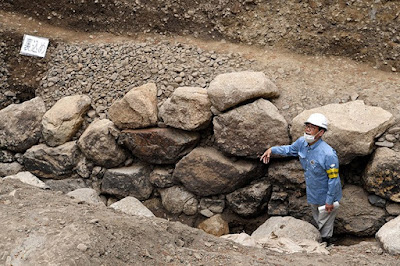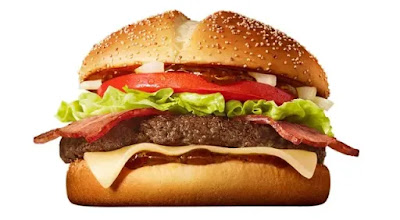Spring is fast approaching, and I am getting excited about the promise of warmer weather and tasty new treats to try. There are usually a lot of sakura (cherry blossom) inspired goodies to try at this time of the year on the supermarket and convenience store shelves.
A few of my favourites from previous years include Haagen Dazs Sakura Ice Cream, Cherry Blossom Yoghurt and the limited-edition offerings from Starbuck’s Japan.
In 2021, we have a new Sakura Latte to try as well as Lipton Sakura Tea Latte and Kraft Sakura Mochi Dessert Cheese.
Let’s start with the new Sakura Latte from Mt. Rainer, which is on sale for 150 yen (USD$1.43). The Sakura Latte features coffee made from 100% Arabica beans with cherry blossom extract added to the mix for the perfect taste of spring.
 |
| Sakura Latte |
While I am not a huge milk tea drinker, the next offering from Lipton really caught my eye. The Sakura Tea Latte which you can pick up for 128 yen (USD$1.22) is made with 100 percent Kenyan tea with a subtle cherry blossom taste.
 |
| Lipton Sakura Tea Latte |
Every spring, my go to cherry blossom treat is sakura mochi, which is a Japanese sweet consisting of a pink coloured mochi (rice cake) with a red bean paste center, all wrapped in a cherry blossom leaf. This year we have the Sakura Mochi Dessert Cheese from Kraft to try. Called Mochi Mochi Sakura, it has glutinous powder added to give the cheese a sakura mochi-like texture. The dessert cheese comes in a six-pack and retails for 320 yen (USD$3.05).
 |
| Kraft Sakura Mochi Dessert Cheese |
Which one of these tasty cherry blossom spring treats caught your eye for the upcoming cherry blossom season?




















